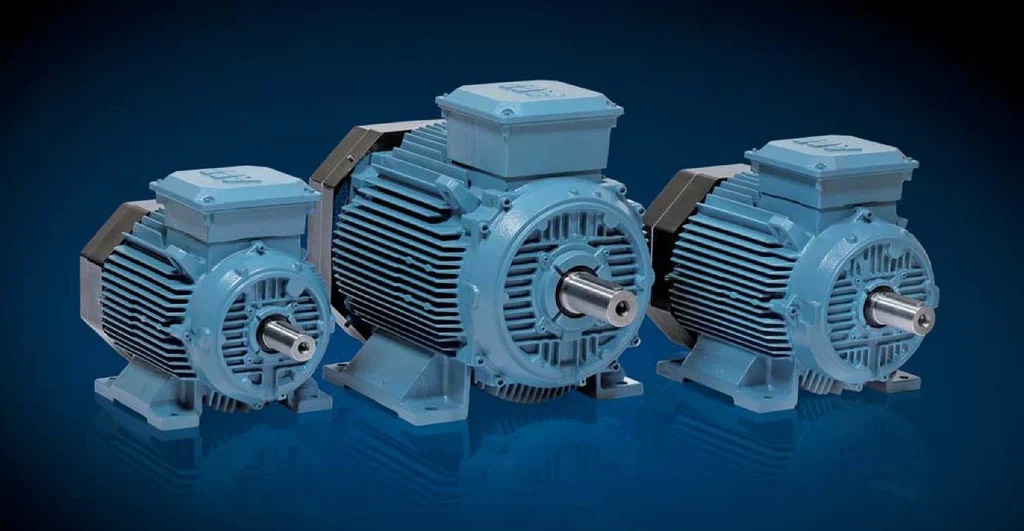Any cooking machine is equipped with a motor. In some units, it is possible to choose one of two types of motors - a single-phase or three-phase motor. But very often the question arises about which one is better? We will try to help you make the right choice.
Which motor to choose?
A single-phase motor uses a single-phase power source (220-230 Volts) to convert electrical energy into mechanical energy, while a three-phase motor uses a three-phase source (380-400 Volts). But this is not the only difference between these motors.
If you need a low-power motor intended for use in domestic conditions under a small load (for example, for mixing light liquids, operating low-powered pumps) without frequent switching on/off, then you can use a single-phase motor.
If you need a motor to work under increased load (for example, mixing thick and viscous products), then it is recommended to use a three-phase motor. These motors can also be used in household settings when paired with a frequency converter for single-phase connection. In this case, smooth motor starting and stopping, motor speed control, and energy savings due to higher efficiency are possible.
Differences between single-phase and three-phase motors
| Single-phase motor | Three-phase motor |
| Has one or two working windings | Usually has three or more working windings |
| Lower energy consumption | |
| A "working" and "starting" condensator is required for operation | Condensators are not required |
| They are used for continuous operation of equipment without the need for constant switching on and off | They are used on equipment where frequent motor stops are required |
| The magnetic field inside the motor has a pulsating form | Rotating magnetic field |
| The pulsating magnetic field consumes a large current at startup (3-4 times more than during normal operation) | When using soft starters, starting currents do not exceed operating currents |
| It is not possible to regulate the speed | Using a frequency converter, you can regulate the speed in a wide range from 20 to 75 Hz |
| Can be connected to a regular household outlet | Using a frequency converter (with a power of up to 2.2 kW), you can connect it to a regular household outlet |
Based on the comparison table, it is clear that using three-phase motors up to 2 kW, connected via a frequency converter, provides all the advantages of three-phase motors on a 220-230 Volt connection, with the added benefit of speed control.
The frequency converter is designed in the form of an independent control panel, which can be installed on a wall with IP65 protection, with its help you can turn the motor on and change the rotation speed, which is often used in various cooking boilers with a mixing device.

















